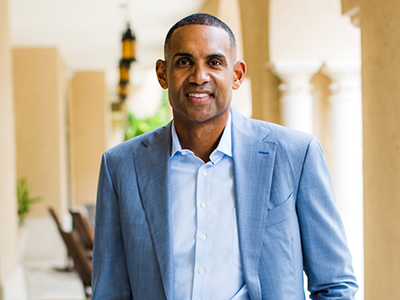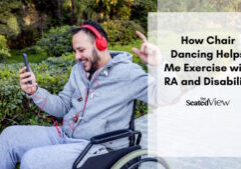Inspirational Interviews
I recently had the opportunity to talk to three gentlemen about exciting ways to live better with a chronic illness.
First, I spoke to Jim Curtis about his new book. It’s a guide to changing your story to help you find the way to live better with a chronic illness. Fascinating book by a very thoughtful person:
“Jim Curtis wants “to make dreams a reality.”
His book The Stimulati Experience: 9 Steps for Getting past Pain, Setbacks, and Trauma to Ignite Health and Happiness, is a guide to help people who have experienced a trauma through an experience or illness become empowered to change their story. In it, he shares his own story of chronic illness and explains that the motivation for writing the book was to make his suffering meaningful. I recently spoke to Jim about the book, living well with chronic illness, and the idea of the “Stimulati.”
Undiagnosed after 20 years
When Jim, now 41, was 20 years old, he developed a chronic illness that is still undiagnosed. “One day, I got into the shower and couldn’t feel the hot water on my left foot. Within a month, that numbness had gone up to my waist.” An MRI showed “lesions that looked to be wrapped around my spinal cord,” but doctors were unable to find the cause of lesions. “It progressed so much that one day I woke up and couldn’t walk. I became more and more numb and pain in the muscles and the joints set in.”
Read my interview with Jim Curtis on healthCentral.
Second, I interviewed NBA All-Star Grant Hill and Dr. Paul Sethi about treating postsurgical pain without opioids to reduce the potential for addiction.I’ll admit I was sceptical at first, but this is a very intriguing approach to treating pain. One that has real potential for a better recovery:

“In 2016, there were 3.3 billion opioid tablets sitting in American medicine cabinets left over from unused prescriptions. Many of these were the result of opioid overprescribing, which particularly happens after surgery. This is a finding from the report of the United States of Non-Dependence: An Analysis of Opioid Overprescribing in America, one of the resources for Plan Against Pain. This new initiative is aimed at reducing the amount of unused opioids available for misuse or possible diversion. I recently interviewed Dr. Paul Sethi and NBA all-star Grant Hill about managing postsurgical pain without opioids.
Managing post-surgery pain
Just like in sports, you’ve got to have a game plan,” says Hill, who’s had 11 surgeries during his professional basketball career. He made the point that this plan to deal with pain after surgery should be developed in collaboration with your doctor, such as Dr. Sethi, an orthopedic surgeon.
Dr. Sethi specializes in sports medicine and is using the concept of multimodal anesthesia to help his patients manage post-surgery pain.
“The management of pain is critical,” Sethi says. It starts pre-surgical, should be intraoperative, and continued postsurgical.”
Read more about this method and the Plan Against Pain on HealthCentral.
Tag:
Read More
Discover what else I've been writing about...















